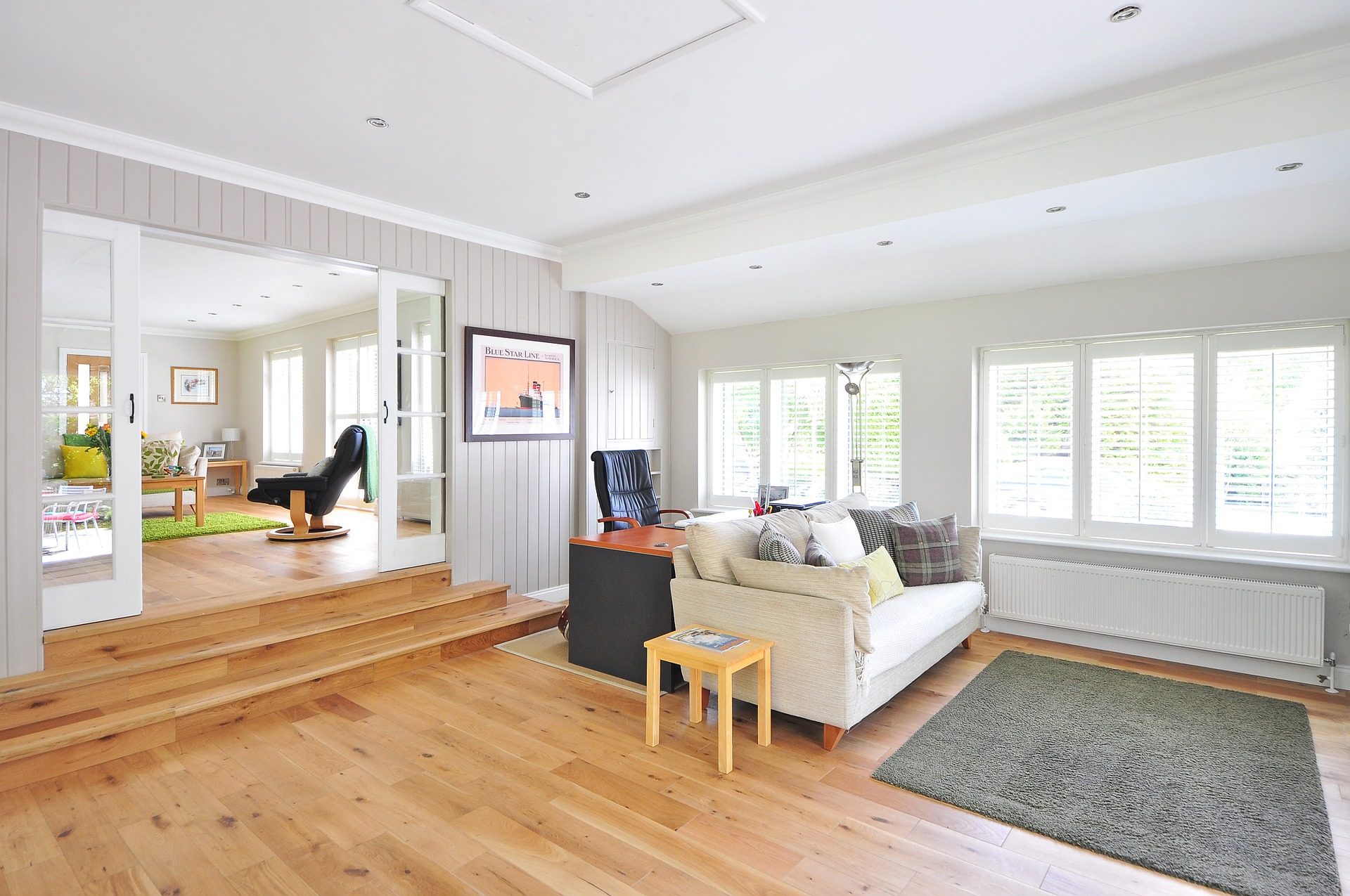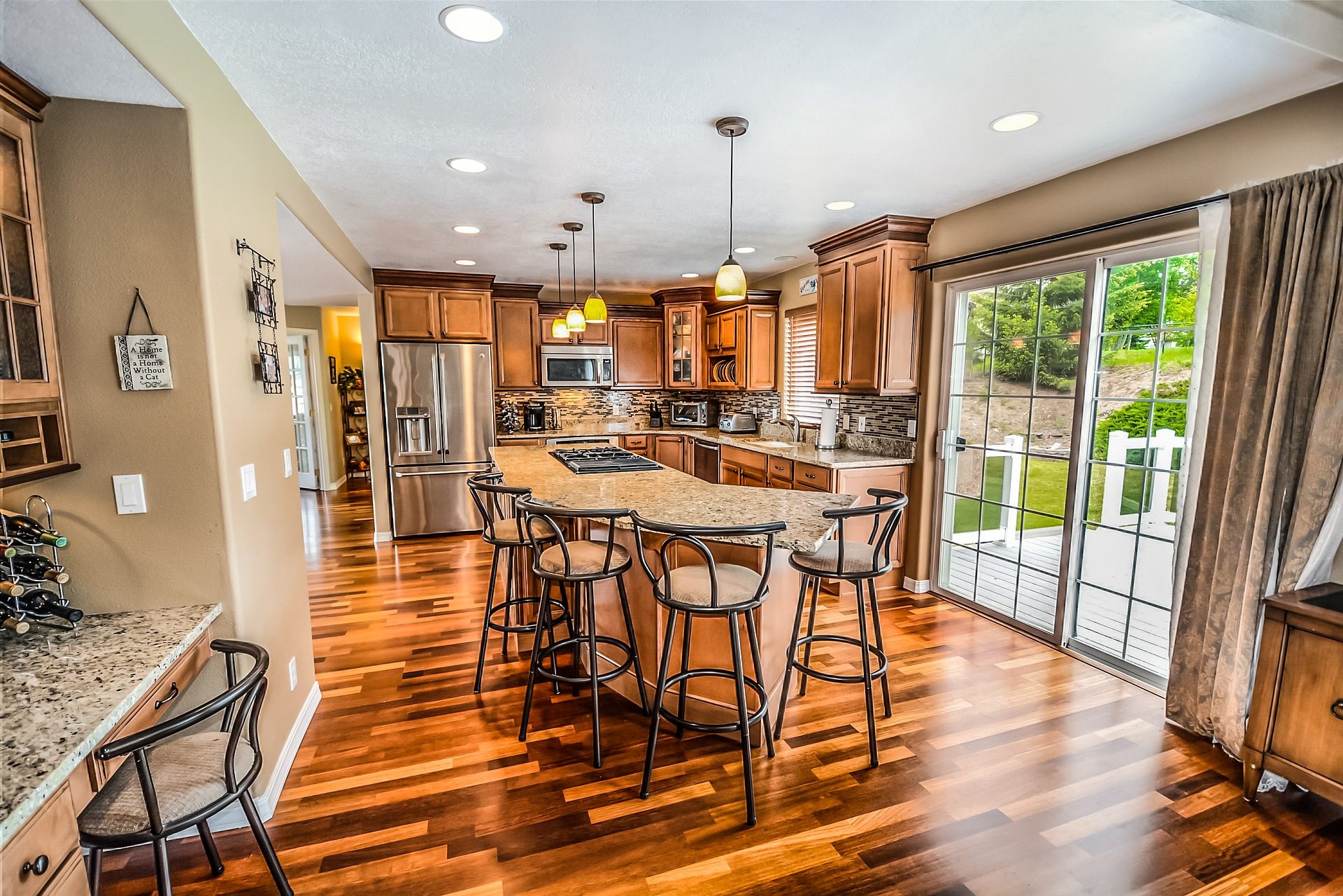

Are your hardwood floors worth saving? If yes, there are ways to get them looking like new. If not, it may be time to replace them. Either way, we’ll help you figure it out.
Hardwood floors are a great choice for homeowners, as they’re not only beautiful, but natural, hypoallergenic and long-lasting as well. In fact, hardwood floors are the benchmark of quality in any home. When they’re old, they still have a certain charm and history to them, even if they’re a little squeaky, stained and aging. If you have 50-year-old hardwood floors, it can be tough deciding to refinish them or replace them.
Preference
The bottom line lies in your preference. Do you like the look of new floors? Do you have money in the budget to install new hardwood? The issue here lies in your expectations. Even if you have very old hardwood floors and decide to refinish them, they won’t look like brand new wood floors no matter how much work you put into them. Many people prefer this. To others, the allure of something new and modern takes center stage.
Consider your preference, style and budget when wondering which option to go with. Just keep in mind that in 95 percent of cases, hardwood floors can be refinished. It’s just a matter of whether you want to or not.
Getting a Floor Face Lift
If you opt to salvage your floors, you’ll need to hire skilled contractors who do this for a living. Whether you want the whole floor refinished and sanded, or you need one section replaced, it’s tough to do this on your own because of the various factors involved.
Perhaps you have termite-damaged planks, insect-infested boards or de-laminated strips. You can replace these individual boards but it’s tough to match up the color, stain and grain. Yes, you can have your squeaky floors tightened and quieted thanks to some nails or dry lubricant. Yes, you can plug holes or patch damaged sections. But again, you’ll need an exact match in species, grain and cut, with colors that are feathered in by a professional so no demarcation lines result. This all takes an experienced hand.
And just because you start off wanting a refinish and sanding job doesn’t mean you ultimately have to go that route. If you have lots of stains due to pet urine, beverages or water marks, many professionals will come in and sand down your floor to the raw wood, then let you decide if you can live with the results. They can even apply the desired finish color to areas of question and again, let you decide if the result it acceptable. If not, you always have the option of removing and replacing the whole floor.
When Replacement is Imminent
Not all floors are good candidates for refinishing or repair. According to HGTV, these include floors:
- That have suffered fromextreme movement between the boards, which would affect the sanding and finish quality.
- With substantial structural issues such as when the floor must be removed to be able to fix the subfloor.
- That have been sanded too many times in the past.
- With failing tongue and groove construction and exposed nails.
Contact Designer Wood Flooring in San Antonio
If you’re aren’t sure whether you want to refinish or replace your wood floors, contact us at 830-228-4866 (San Antonio, TX) or 409-201-1967 (Southeast Texas), or email us at designerwoodflooring@yahoo.com. Designer Wood Flooring would be happy to provide you with a free estimate.





